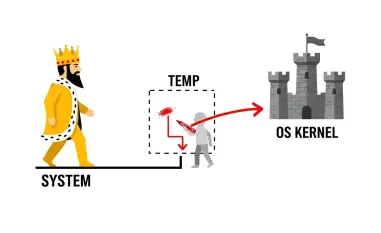The United States has transitioned to a new identification protocol which mandates the use of Real IDs for domestic air travel. The change took effect on May 7, 2023, following the extensive groundwork laid since the Real ID Act was passed in 2005, driven by a need for enhanced security after the 9/11 attacks. Despite the uniformity Real IDs aim to achieve, experts have expressed concerns about their effectiveness and relevance, suggesting potential alternatives that may offer improved security.
Real IDs are designed to standardize identification documents across states by requiring specific information and security features like visual and tactile elements. These enhancements are intended to combat forgery; however, the lack of RFID chips, unlike those found in modern passports, raises security concerns. Experts like Andrew Bud argue that while these IDs enhance trust, the potential for forgery remains a vulnerability.
Emerging as a promising alternative are mobile driver’s licenses (MDLs), accepted in over a dozen states. MDLs, stored electronically on mobile devices, offer strong cryptographic protection, making them difficult to forge. This technology not only secures identity verification but also offers improved data validation and privacy controls. Security experts now believe that while Real IDs have played a crucial role, a shift towards MDLs could better meet current security demands in a rapidly digitalizing world.













